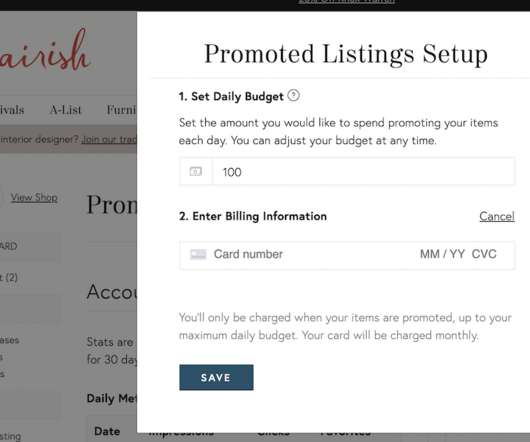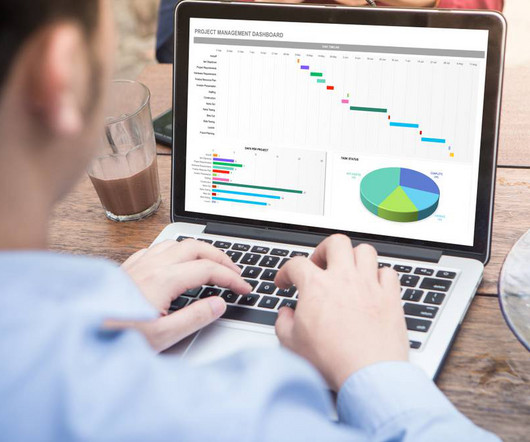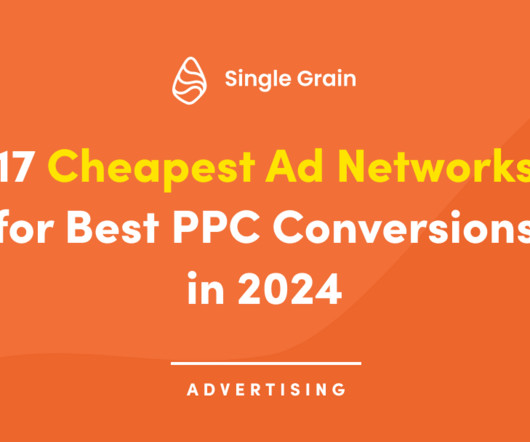How to Determine Your Ad Platform’s Pricing Model and Rates
Kevel
MARCH 28, 2022
Publishers generally offer three main pricing models for their direct-sold inventory: CPM, CPC, and CPA. Total cost (ad spend) divided by thousand impressions (mille is Latin for thousand). Cost-per-click (CPC). Total cost (ad spend) divided by clicks. for every click you get for them.











Let's personalize your content